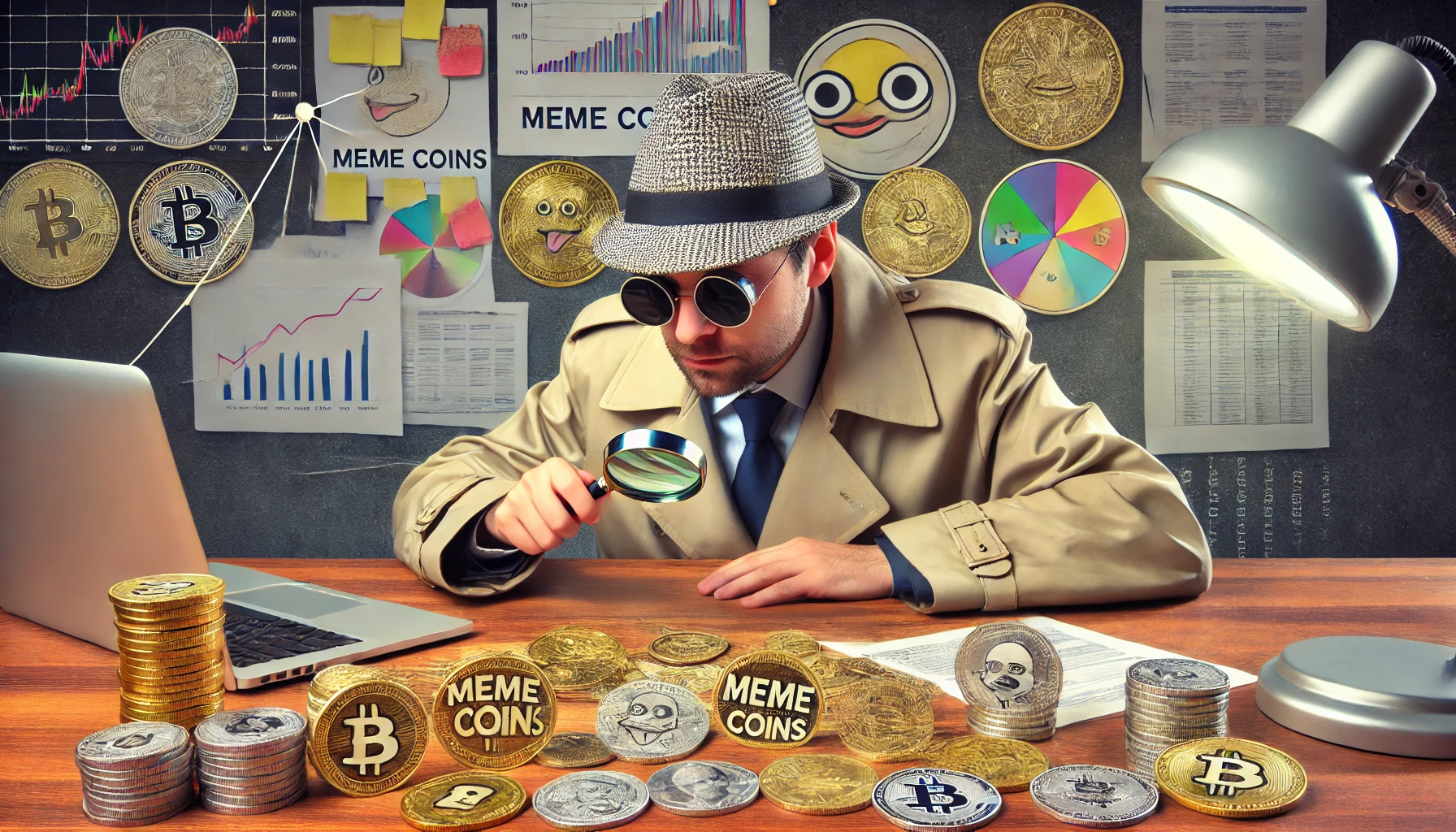The cryptocurrency industry has roared back to life, entering a new bull market phase with unprecedented momentum, transforming skeptics into believers overnight. However, if you are planning to invest in a meme coin your lost friend believes is going to the moon, let’s look at a few suggestions to consider before putting your money into them.
Here are four must-do steps to investigate meme coins: Key Pointers (not an exhaustive list)
- Liquidity (a vital metric to analyze)—going beyond the basics:
- Always check the coin’s liquidity. A high trading volume, ideally at least $100,000 daily, suggests a healthier coin with less risk of manipulation
- Use DEX tools to check the holder count of the coin; for example, does the token have at least 3,000 unique holders?
- Verify whether the top 50 token holders, excluding centralized exchanges, possess more than 60% of the tokens.
- Ensure the project has a minimum liquidity of $250,000 and has been on the market for at least a few months.
- Tools like dextools.io or dexscreener.com can help apply these filters.
- You will be surprised to find that only a few coins meet these criteria among the thousands listed on coin tracking sites.
- Verify exchange listings and trading platforms:
- Ensure the coin is listed on reputable centralized exchanges and trading platforms. This can provide a layer of security and legitimacy. Some reputable centralized exchanges include Coinbase, Binance, Kraken (source: token metrics) across the world, whereas back home Swyftx is Australia’s top-rated cryptocurrency exchange.
- Use DEX tools to track the coin’s performance and any unusual trading patterns that might indicate manipulation.
- How is the coin being marketed and sentiment in social media and community:
- Do you suspect a lot of fake followers? Does the X handle have 1000’s of followers with very little activity. Use tools such as Twitter analytics or Follower Audit to understand the sentiment and Active/Inactive/fake followers listed, if you see too many fake followers and a lot of them being created yesterday or the past few days then that’s a big red flag.
- Look for an active and engaged community. A coin with genuine backing will have active discussions and support from its users.
- Are the telegram groups just shouting BUY! BUY! BUY! and sharing a lot of memes with little to no responses to genuine questions? This is, again, not a good sign.
- Other tools for research and investigation (In no particular order)
- DEXscreener can help in finding out coins which are honeypots, that means you can buy that token but cannot sell them. Additionally, you can find out if an owner wants to appear hidden or if the token has an ability pause orders, these are all red flags.
- TokenSniffer generates a report and gives a score 0-100 based on a couple of audits, including the ability to swap, how a smart contract has been setup, high sell fee or even if the contract owner can modify contract behaviour such as changing fees, disabling selling, etc.
- Standard block explorers such as Bubble Maps or Nansen help you find out the wallets that are holding the biggest amount of a token to get a visualization of whether tokens are nicely distributed or very centralized.
I am pretty sure there are more ways to investigate meme coins, and these tools mentioned above can help catch possible scams and dodgy projects, but they aren’t perfect. It is up to you, as an investor, to be aware that not every scam can be caught by these tools.
PS: The opinion mentioned here is for educational and informative purposes only, and this shouldn’t be considered financial advice.

